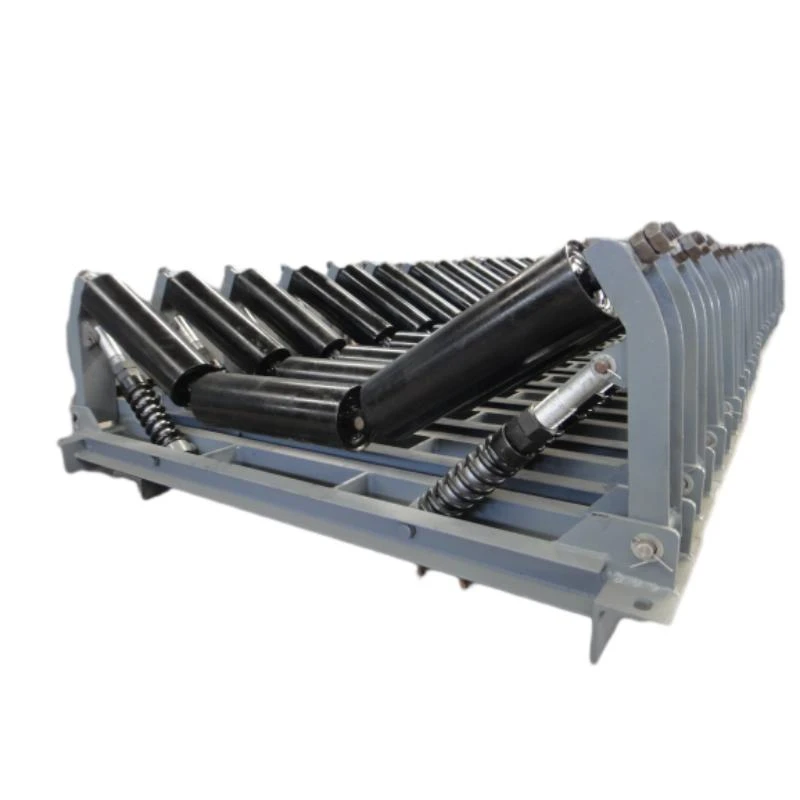 Afrikaans
Afrikaans  Albanian
Albanian  Amharic
Amharic  Arabic
Arabic  Armenian
Armenian  Azerbaijani
Azerbaijani  Basque
Basque  Belarusian
Belarusian  Bengali
Bengali  Bosnian
Bosnian  Bulgarian
Bulgarian  Catalan
Catalan  Cebuano
Cebuano  Corsican
Corsican  Croatian
Croatian  Czech
Czech  Danish
Danish  Dutch
Dutch  English
English  Esperanto
Esperanto  Estonian
Estonian  Finnish
Finnish  French
French  Frisian
Frisian  Galician
Galician  Georgian
Georgian  German
German  Greek
Greek  Gujarati
Gujarati  Haitian Creole
Haitian Creole  hausa
hausa  hawaiian
hawaiian  Hebrew
Hebrew  Hindi
Hindi  Miao
Miao  Hungarian
Hungarian  Icelandic
Icelandic  igbo
igbo  Indonesian
Indonesian  irish
irish  Italian
Italian  Japanese
Japanese  Javanese
Javanese  Kannada
Kannada  kazakh
kazakh  Khmer
Khmer  Rwandese
Rwandese  Korean
Korean  Kurdish
Kurdish  Kyrgyz
Kyrgyz  Lao
Lao  Latin
Latin  Latvian
Latvian  Lithuanian
Lithuanian  Luxembourgish
Luxembourgish  Macedonian
Macedonian  Malgashi
Malgashi  Malay
Malay  Malayalam
Malayalam  Maltese
Maltese  Maori
Maori  Marathi
Marathi  Mongolian
Mongolian  Myanmar
Myanmar  Nepali
Nepali  Norwegian
Norwegian  Norwegian
Norwegian  Occitan
Occitan  Pashto
Pashto  Persian
Persian  Polish
Polish  Portuguese
Portuguese  Punjabi
Punjabi  Romanian
Romanian  Russian
Russian  Samoan
Samoan  Scottish Gaelic
Scottish Gaelic  Serbian
Serbian  Sesotho
Sesotho  Shona
Shona  Sindhi
Sindhi  Sinhala
Sinhala  Slovak
Slovak  Slovenian
Slovenian  Somali
Somali  Spanish
Spanish  Sundanese
Sundanese  Swahili
Swahili  Swedish
Swedish  Tagalog
Tagalog  Tajik
Tajik  Tamil
Tamil  Tatar
Tatar  Telugu
Telugu  Thai
Thai  Turkish
Turkish  Turkmen
Turkmen  Ukrainian
Ukrainian  Urdu
Urdu  Uighur
Uighur  Uzbek
Uzbek  Vietnamese
Vietnamese  Welsh
Welsh  Bantu
Bantu  Yiddish
Yiddish  Yoruba
Yoruba  Zulu
Zulu Lagging Effects of Head Pulley Systems in Mechanical Applications
The Lagged Head Pulley An Essential Component in Modern Engineering
In the realm of mechanical engineering, the significance of pulleys cannot be understated. Among various types of pulleys, the lagged head pulley stands out for its unique design and application. This article explores the features, benefits, and applications of lagged head pulleys, shedding light on their critical role in various industries.
A lagged head pulley refers to a pulley that has a lagging material, typically made up of rubber or another friction-enhancing substance, applied to its surface. This lagging serves a dual purpose it increases traction and minimizes slippage of the belt that wraps around it. The enhanced friction allows for better power transmission, which is vital in systems where belts are the primary means of conveying materials or motion.
One of the most prominent benefits of using lagged head pulleys is their ability to improve the overall efficiency of a conveyor system. In industrial applications, a properly lagged pulley can drastically reduce the likelihood of belt slipping. When a belt slips on a traditional, unlagged pulley, the system loses energy, leading to increased wear and tear on both the conveyor belt and the motor. Additionally, slippage can cause misalignment, which may lead to further mechanical issues. By employing a lagged head pulley, industries can preserve the integrity of their equipment and prolong the service life of their components.
Moreover, lagged head pulleys are particularly advantageous in environments that present challenges such as wet or muddy conditions. The added friction from the lagging material allows for continued functionality even when the environment is less than ideal. In mining operations, for instance, the need for reliable equipment is paramount. Lagged pulleys can ensure that material is transported efficiently, regardless of external conditions that might otherwise impede performance.
lagged head pulley

The construction of a lagged head pulley requires careful consideration of several factors. The choice of lagging material greatly influences the effectiveness of the pulley. Rubber, for instance, is a common choice due to its high coefficient of friction and durability. The thickness and texture of the lagging can also impact performance; a rough texture may provide better grip, while the thickness must be balanced with the overall weight and design of the pulley.
In terms of design, lagged head pulleys can be customized to fit various applications. They can be manufactured in different diameters and widths, tailored to the specific needs of a conveyor system. Furthermore, they can be easily integrated into existing machinery, making them a versatile choice for equipment upgrades or replacements.
Applications of lagged head pulleys span a wide range of industries. They are prominently used in material handling systems, such as those found in manufacturing, transportation, and construction. In addition, they are critical components in the agriculture sector, where they facilitate the movement of grain and other bulk materials. The versatility of lagged head pulleys makes them an invaluable asset across numerous fields, from mining to food processing.
However, despite their numerous advantages, lagged head pulleys are not without their challenges. Maintenance is essential to ensure optimum performance; any deterioration of the lagging material can lead to reduced friction, increasing the risk of belt slippage. Regular inspections and timely replacements of the lagging material are crucial for maintaining the reliability of the entire conveyor system.
In conclusion, the lagged head pulley is a vital component in modern engineering, offering enhanced efficiency, improved traction, and increased reliability across various applications. Its unique design allows it to perform exceptionally well even in challenging conditions, making it an indispensable tool in industries where material handling is paramount. As technology advances, the design and application of lagged head pulleys will continue to evolve, further solidifying their role as crucial elements in the machinery of the future. Emphasizing the importance of proper maintenance and strategic integration will ensure that these pulleys continue to meet the demands of an ever-changing industrial landscape.
-
Revolutionizing Conveyor Reliability with Advanced Rubber Lagging PulleysNewsJul.22,2025
-
Powering Precision and Durability with Expert Manufacturers of Conveyor ComponentsNewsJul.22,2025
-
Optimizing Conveyor Systems with Advanced Conveyor AccessoriesNewsJul.22,2025
-
Maximize Conveyor Efficiency with Quality Conveyor Idler PulleysNewsJul.22,2025
-
Future-Proof Your Conveyor System with High-Performance Polyurethane RollerNewsJul.22,2025
-
Driving Efficiency Forward with Quality Idlers and RollersNewsJul.22,2025





























